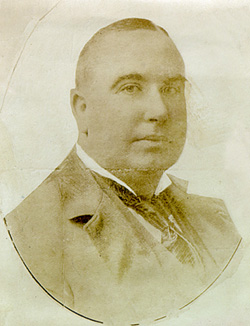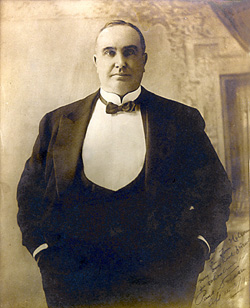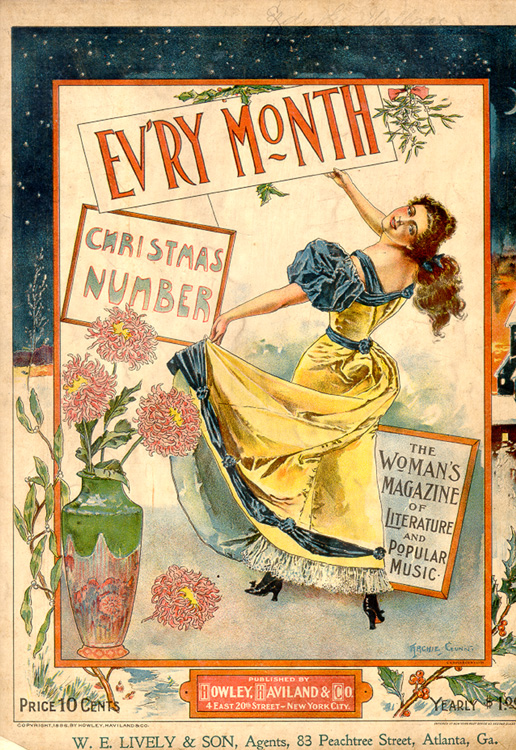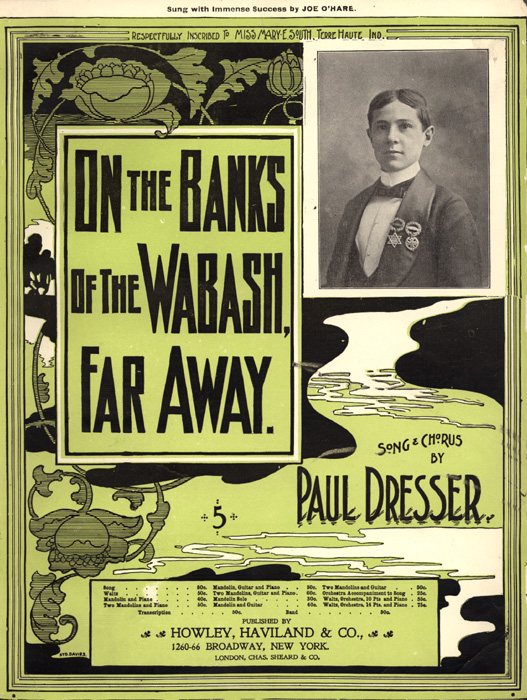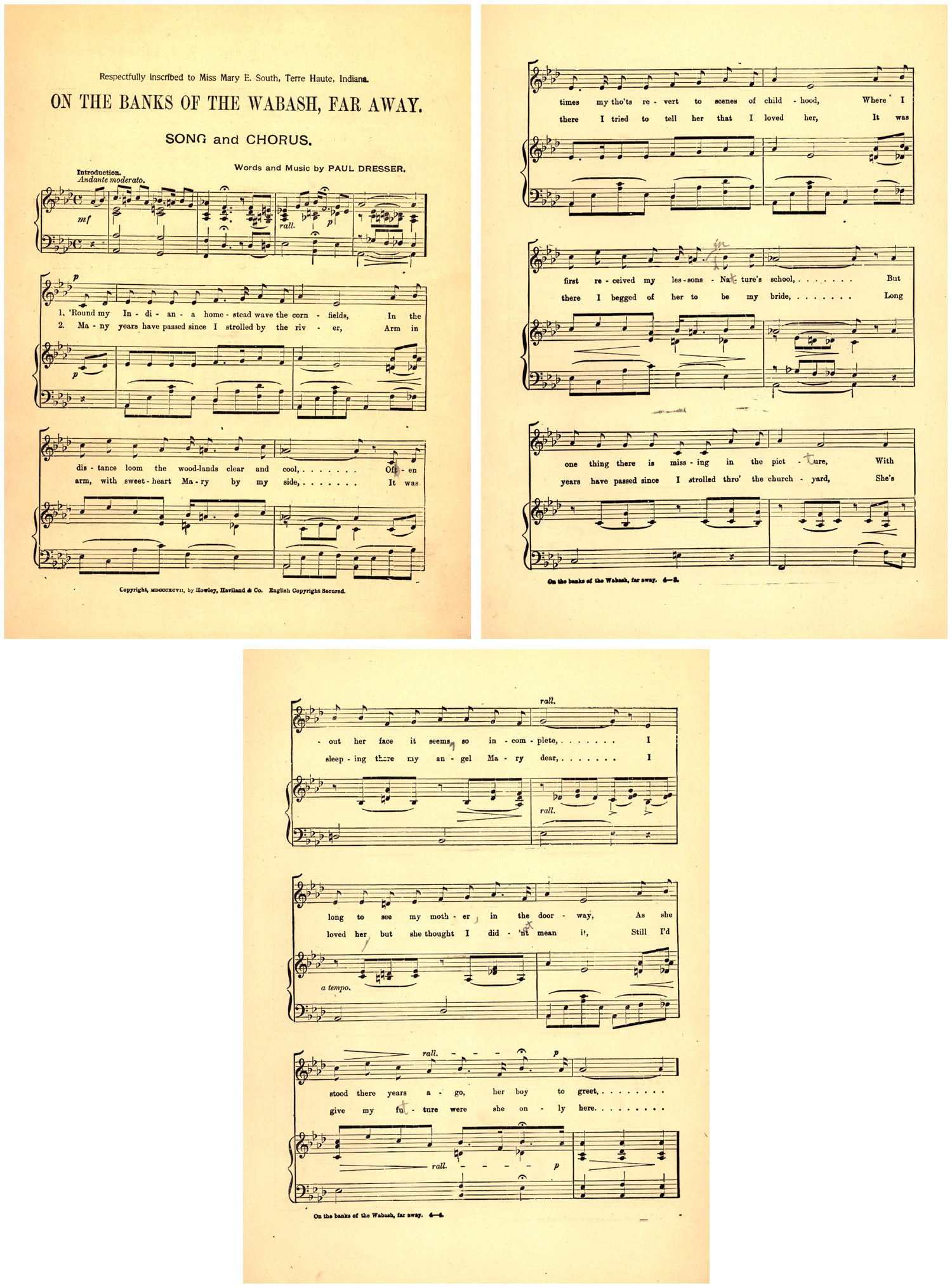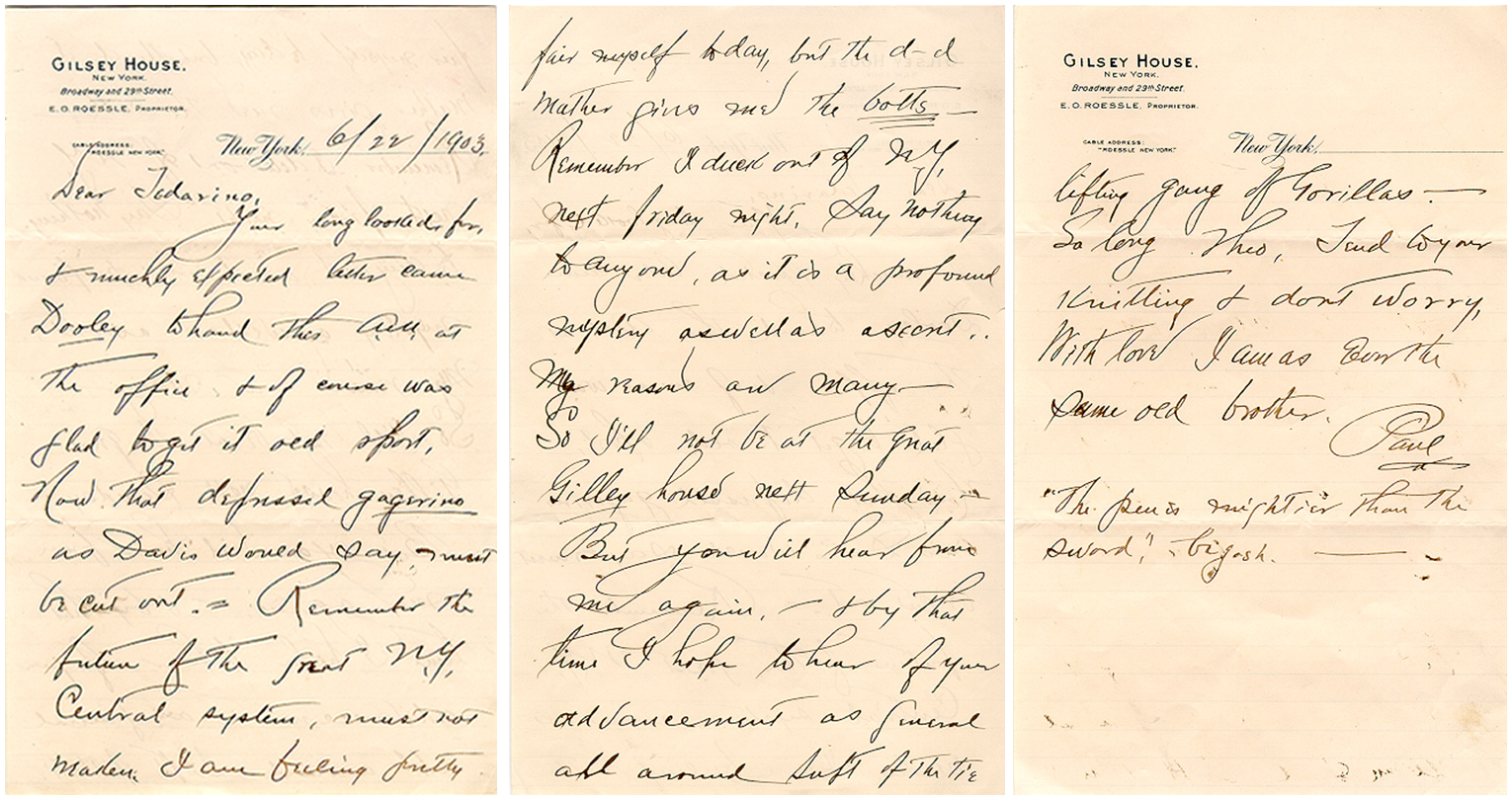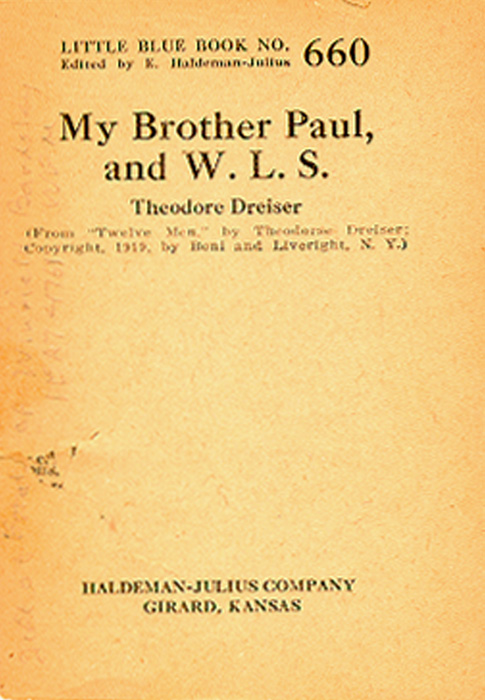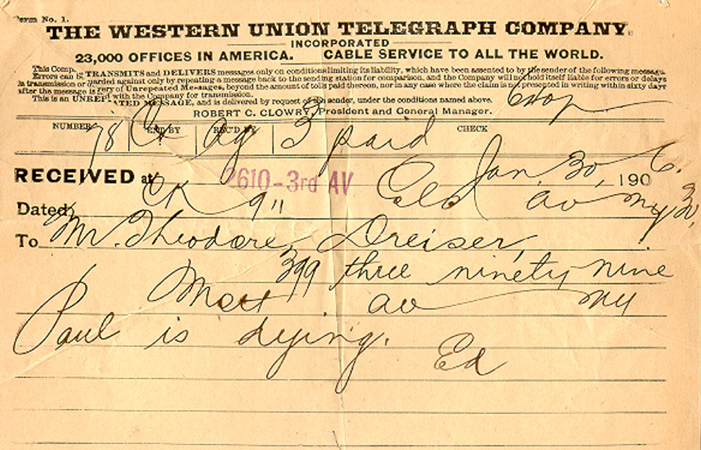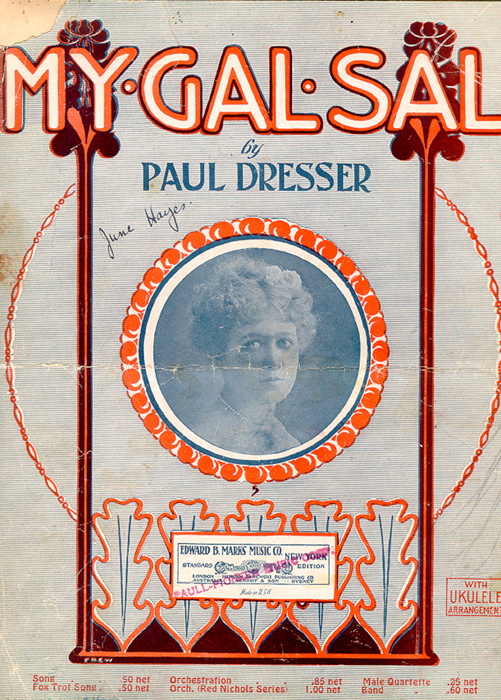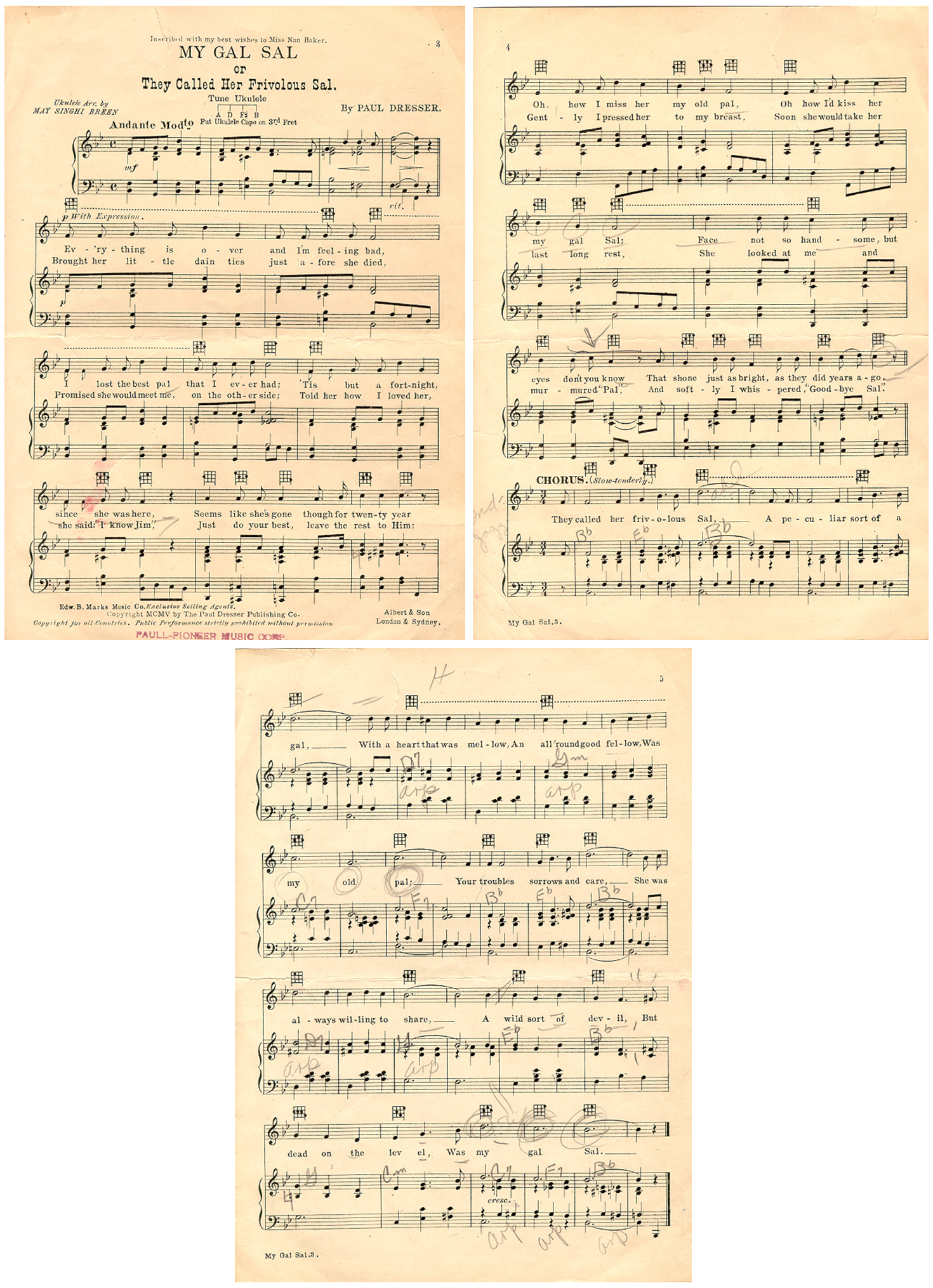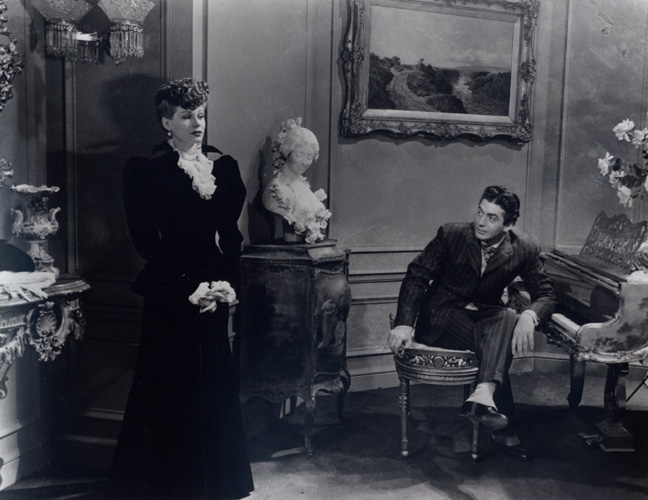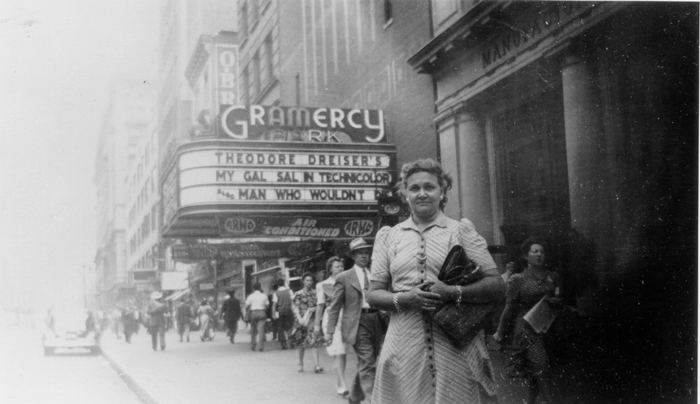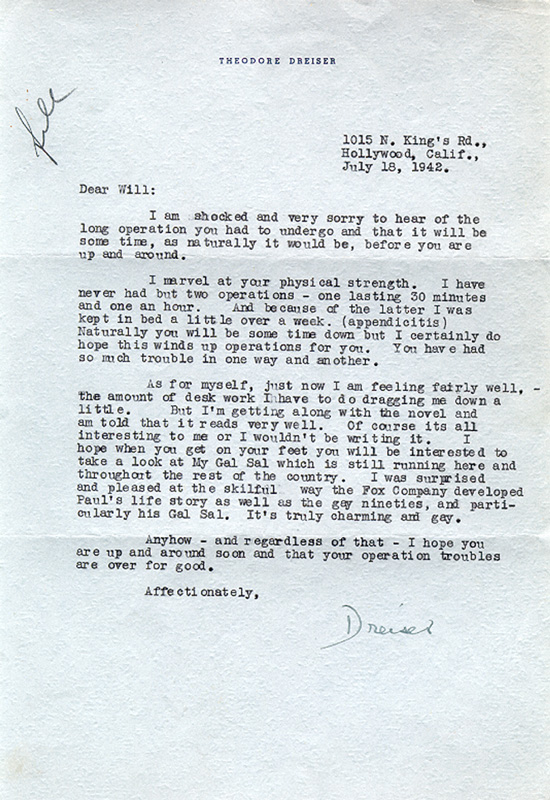Born in 1857, John Paul Dreiser, Jr., eldest son of John Paul and Sarah Dreiser, was quick to flee the family, in particular, his stern father and the conventionality of small-town America. High-spirited and mischievous, Paul Dresser--the professional name that he adopted--was musically gifted. As a composer of popular songs, he enjoyed--at times--enormous financial success. In 1895 and in 1897, for example, he published his two biggest-selling hits, " Just Tell Them That You Saw Me" and "On the Banks of the Wabash," yielding for Paul an income of $80,000 (each title sold over a half million copies). Paul frequently came to the financial rescue of his family, and his connections with music publishers Howley-Haviland & Co. gave Dreiser the entree to propose a new journal--with him as editor--entitled Ev'ry Month, a large format magazine comprising four songs per issue and an array of fiction, poetry, interviews, book reviews, photographs, and advice for women.
The influences of Paul Dresser are manifold in Sister Carrie. Upon arriving in Chicago, Carrie is immediately drawn to the excitement and gaiety of popular entertainment. The theatrical world becomes her means to improve her financial life and free herself not only from the dreariness of working-class employment typical for young women of her background but also from the dependency on male companions to underwrite her room and board. Dreiser had an intimate view of this world through his brother Paul. In addition, many scholars have noted that the characters Charlie Drouet and George Hurstwood resemble Paul Dresser--not in terms of occupation but in terms of personality: tremendously affable but shallow, ultimately weak regarding their vanity and sensual appetites. On 30 January 1906 Paul Dresser, forty-eight years old, died of a heart attack at the home of his sister Emma; he was financially destitute and had been abandoned by most of his friends.
Fig. 2: Inscription: "For Tom Nelson my boyhood friend & schoolmate. Paul Dresser, Sept. 14th/1901"
Fig. 3: Combining as it did both music and written articles and stories, this publishing venture briefly united brothers Paul and Ted professionally. The first issue of Ev'ry Month was published in October 1895, but the September 1897 issue was Dreiser's last. The freedom of expression and selection that he thought was now his as conceiver and editor of Ev'ry Month proved hollow. Dreiser quarreled with his brother and demanded more money and editorial license from the publisher Howley, and they parted company.
Fig. 4 - Fig. 5: In 1897 Ted was with his brother Paul in the offices of Howley, Haviland & Co. While improvising on the piano, Paul urged Ted for a idea for a song. The resulting conversation led to "On the Banks of the Wabash"; Ted, in fact, wrote the first verse and chorus. In 1913 the State Assembly of Indiana adopted "On the Banks of the Wabash, Far Away" as the official state song.
Fig. 6: Beginning with "Dear Tedarino" and closing with "I am as ever the same old brother," this letter conveys the loyalty, camaraderie, and high spirits of Dreiser's eldest brother. Paul cautions Ted not to worry, claiming in his postscript that "The pen is mightier than the sword.' bigosh." This was at a particularly low time for Dreiser, who was suffering a nervous breakdown as a result of the suppression of Sister Carrie. Per usual, Paul shared his financial resources with his family, while also respecting Ted's pride by stating that he owed Dreiser royalties for "On the Banks of the Wabash."
Fig. 7: In 1919 Boni & Liveright published Dreiser's Twelve Men, personality sketches that illustrated the author's notion that goodness can be found in unconventional lives. Some of the essays were reworked material written as early as 1902, but "My Brother Paul" was a new piece that afforded Dreiser the opportunity to remember fondly the tender-hearted man whom he characterized as "generous to the point of self-destruction." Although reviews were generally favorable for Twelve Men, sales stagnated, with less than 2,000 copies sold in the first year. In 1924 publishers Haldeman-Julius reprinted two of the portraits from Twelve Men as Little Blue Book No. 660.
Fig. 8: Dreiser was summoned by his brother Ed to their sister Emma's apartment in New York on 30 January 1906, the night that Paul Dresser died.
Fig. 9 - Fig. 10: he first page of the sheet music, whose title became the focus of the 1942 motion picture about the life and career of Paul Dresser, imparts a sentimental lyric set to ukulele music. Sal was, in fact, Sallie Walker, Paul's former mistress, who operated a highly successful house of prostitution on Main Street in Evansville, Illinois. It was a combination of Paul's success as a composer and Sallie's success as a madam that allowed Paul to move his then-destitute mother into a small home in Evansville in the early 1880s
Fig. 11 - Fig. 12: After decades of false starts and tangled negotiations, a cinematic version of Paul Dresser's life story was finally produced by Twentieth Century-Fox in 1942. The Hollywood musical starred Victor Mature as Dresser and Rita Hayworth as Sally (Sal) Elliot; it was loosely based on Dreiser's essay "My Brother Paul" and included many of Dresser's songs. The rights for the movie and for the songs were sold for between $35,000 and $50,000, and the proceeds were divided among Dresser's surviving siblings (Theodore, Ed, Mame, and Sylvia).
Fig. 13: In this letter to his former secretary, sometimes literary agent, and loyal friend and supporter, Dreiser urges Lengel to see My Gal Sal and offers his reaction to the Hollywood biography--so long in the making--of his brother Paul.
"I was surprised and pleased at the skilful way the Fox Company developed Paul's life story as well as the gay nineties, and particularly his Gal Sal. It's truly charming and gay."
